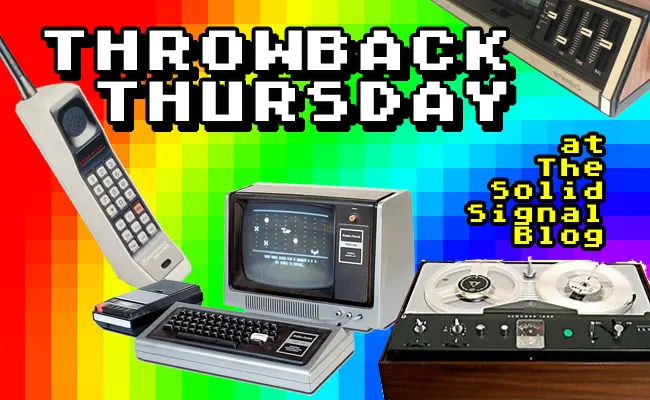“The problem with instant gratification is that it’s never fast enough.”
I wish I knew who said that. I can’t find the quote on the internet, but I want to attribute it to a rock star or an actor or someone else known for their excesses. No matter. Instant gratification is what we do now. We have little slabs of glass and metal in our pocket which will give us any bit of information, any picture, any sound, more or less instantly.
It wasn’t always like that. Just 100 years ago, a tiny blip in time really, instant gratification wasn’t even possible. Everything took patience. There were no microwave ovens, no instant Jell-o, no internet. And when it came to photos, people were still marveling at the idea that you could take pictures quickly. Actually seeing the results still took weeks.
Enter Edwin Land

Edwin Land was, by all accounts, a kook. A scientist by trade, he formed the Polaroid Corporation not to make cameras but to capitalize on polarized lenses. Polarized lenses were new back then, but no one knew what to do with them. They were thought to be a curiosity and nothing more. (Cut to… today they’re used in literally every kind of display technology out there.)
However, Land had a vision. He believed that it was possible to create a system for instant photography. And, he was right. The first Polaroid Land Camera came out in 1948. It still wasn’t instant. It took about 10 minutes and a lot of steps to get a photo. Still, compare that to weeks for normal photo developing.
The Polaroid craze

The Polaroid camera was the beginning of a wave. In the 20th century, technology brought more and more “instant” products to market. People liked the Polaroid camera. It was larger and heavier than other cameras. The pictures looked worse and didn’t last long. People didn’t care. They could enjoy their photos within a minute or so. The advent of the SX-70, shown above, gave people decent quality color prints that developed as you watched them. It was all part of the entertainment.
The tipping point
If you grew up in the 1960s or 1970s, you probably had a Polaroid camera. It was part of the lifestyle. If you grew up in the 1980s or 1990s, though, your experience with Polaroids probably began and ended in the DMV or the personnel office at your place of business. Polaroids were perfect for creating photos for ID badges, and they were used extensively in that era. But, by the turn of the millennium, Polaroids had stopped being fun. The instant gratification of an instant camera, apparently, wasn’t instant enough.
By the early 2000s, there were newer, even more instant technologies that practically killed the instant camera. And they led directly to the phone you use today.
Instant video

I was blown away the first time I saw this Sharp ViewCam in the wild. It was a camcorder with a 3″ LCD screen that let you playback what you had just recorded. Keep in mind this wasn’t anywhere near the first camcorder. It was, however, an instant video studio. Back then we considered its screen “huge” and marveled at the SD quality.
Camcorders with large screens continued to grow in popularity until, of course, phones just started doing that stuff.
Digital cameras

Digital cameras started appearing in the mid-1990s but they were hampered by expensive storage and high costs. However, by the late-1990s there were innovations like this Sony Mavica. Sony had been making professional digital cameras since the 1980s but this model featured two things that made it a lot more instant. In addition to an LCD screen on the back, it recorded images on a floppy so they could be viewed on a computer screen quickly. Hey, it was pretty innovative back then!
You know where this is going
Of course, like so much other technology, instant cameras faded away when the smartphone rose. Even the weak cameras of the mid-2000s were superior in quality to Polaroids, and they could be shared quickly over text message and primitive mobile internet. Suddenly it wasn’t just about what you could see instantly, but what everyone else in the world could see as well.
But what about Polaroid? The company went bankrupt in 2001 and its intellectual property was sold off. For a while the brand could be found on a lot of poor-quality consumer hardware. Now, though, there’s a new owner and they’re actually making boutique-quality Polaroid cameras and film again. They’re strictly for nostalgia, but there’s definitely enough business out there for the moment. If you miss the sound, the look, and yes even the smell of those old Polaroid cameras, you’re in luck. You won’t find them at SolidSignal.com (although you’ll find a lot of other stuff) but you will find what you’re looking for with a search. Of course you’ll be searching on your phone which is the device that killed the original Polaroid company. Irony is so ironic!



